When you’re putting your house on the market, a great presentation is the key to boosting your home’s value. The question whether home-staging actually works is almost irrelevant these days, with cities like Sydney and Melbourne making professional home-staging an ingrained, non-negotiable part of the selling process.
Why should you stage your home?
When making a significant decision such as purchasing a house, people tend to think they are acting from a logical standpoint. Truth is, they often don’t. They buy emotionally, whether they like to admit it or not.
Staging helps buyers form that necessary emotional connection by helping them envision themselves living in the house and triggering the ‘this feels like home’ thought.
Not everyone can afford to hire a professional staging company, although sometimes getting a professional in can be an investment worth as much as a six-figure return! If you are not in the position to make this investment and want to DIY the process of preparing your home for sale, these are the seven steps we recommend following.
Step 1 – Repairs First
The last thing you want is potential buyers making a mental list of things they’ll need to fix if they purchase your house. But just before you become Mr or Mrs Fix-It-All, we recommend chatting to your Real Estate Agent first. They have a great deal of experience talking to prospective buyers to know what gets noticed and is therefore worth repairing.
A fresh coat of white paint is usually the first go-to for most people, especially if the walls are chipped, damaged, or covered with wallpaper. This is a relatively cheap and easy fix that will almost certainly pay for itself come auction or sale time.
If your budget doesn’t allow you to repaint, read our tips on how to style around colourful wallpaper.
The important thing is to do any renovations first, which sets the stage for the main show.
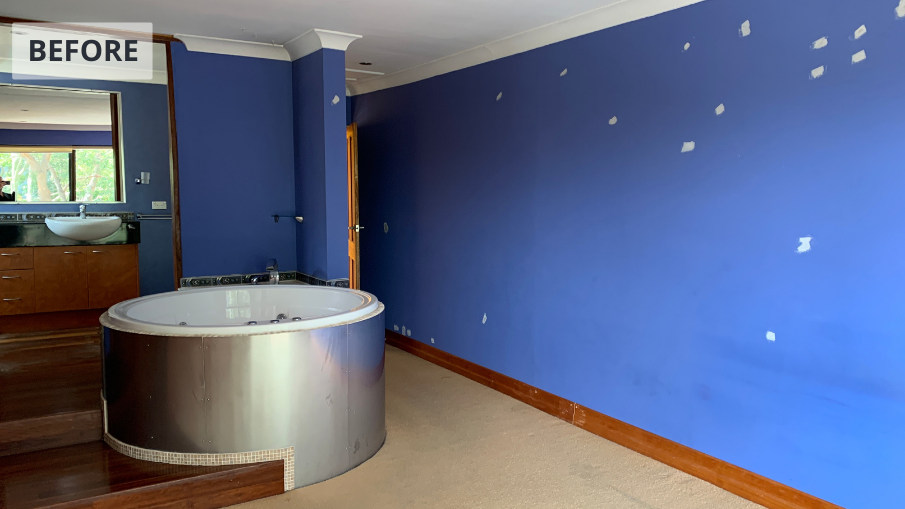

Step 2 – Declutter
Clutter brings two problems.
First, it makes any space look significantly smaller, which drives the value down. Second, it appears messy and chaotic, which can be a major turn-off for buyers.
The tricky thing is to identify what is and isn’t considered clutter in the eyes of the buyer. Your judgement may be clouded by sentimental value, which is why we recommend asking for guidance from an impartial person – a trusted friend, your agent, or a professional home-stager.


Step 3 – Depersonalise
Going hand-in-hand with decluttering, you need to be able to make your home look like it belongs to the buyer and not you.
That’s the only way they can visualise themselves living there, which strengthens their emotional connection with the home, ultimately influencing their decision to buy.
This means you need to remove:
- Family portraits
- Traces of your hobbies (sewing machine, peloton bike, paint brushes, etc.)
- Personal items
- Decorations that could be perceived as controversial (nude artwork, religious items, political posters, etc)
- Hygiene products
- Personalised decals
Step 4 – Maximise the Light & Space
Abundance of natural light is one of the most common ‘must-have’ features for most homebuyers. Along with more sunlight comes the illusion of space, but if you want to achieve the best possible sale price, we suggest focusing on maximising both – the sunlight as well as the space.
You can maximise the light by:
- Styling your home with reflective surfaces like mirrors or glass-top furniture
- Opening the curtains (or getting rid of them completely)
- Switching the lightbulbs for cool white
- Adding more lamps to your home
- Trimming the trees or bushes blocking the window
- Using light-coloured furniture
You can maximise the space by:
- Getting rid of unnecessary furniture (drawer chests, tallboy dressers, bean bags, bookcases, etc.)
- Using the right-sized furniture (careful, this can go both ways – using large furniture in a small space makes it look crowded, but using small-sized furniture in a large space makes the area appear smaller than it really is)
- Keeping the sofa a few centimetres off the wall (it may sound counterintuitive, but it creates the illusion of more space)
- Using rugs to separate each living area
- Creating a clear pathway for foot traffic
Step 5 – Focus on These Three Rooms
Kitchen, master bedroom and living room are the three most influential rooms the buyers look at. We recommend giving these areas a little extra love.
Kitchen Styling Tips:
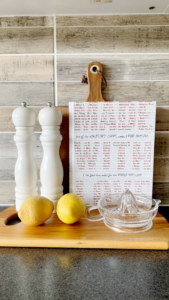
- Clear everything off the counter
- High-end appliances can be a value-add (but hide any older or bulky appliances)
- Don’t leave dirty dishes in the sink
- Wipe your sink with a lemon for extra sparkle and fresh scent
- Read: Style your Kitchen Bench with These 7 Tips
Master Bedroom Styling Tips:
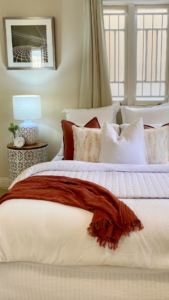
- Use fresh, good quality white linen
- Use the right number of cushions (we recommend 2 Euros, 2 Standards and 3 Cushions)
- Drape a throw rug over the corner of the bed
- Strip the furniture back (bed, bedside tables and lamps is all you need)
- Don’t forget about the ensuite (decorate with fluffy white towels)
- Read: How to Style a Bedroom on a Budget
Living Room Styling Tips:
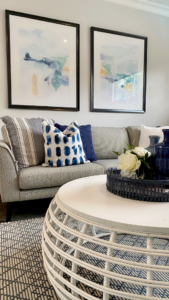
- Open up the space (create flow with the furniture)
- Don’t let buyers walk into the back of the sofa
- Cluster up the cushions on each side of the couch
- Prioritise aesthetics over functionality
- Visit furniture stores for inspiration on how to recreate the magazine-look
- Watch: Furniture Placement Rules
Step 6 – Deep Clean
No one wants to buy a dirty house unless they are looking for a bargain. Make sure to clean everything thoroughly prior to the first open home. Serious buyers like to check everything, which includes peeking into nooks and opening drawers and cabinets.
Don’t forget to air out your home and place a few softly scented candles strategically around the house. But do not burn them, otherwise the scent might be too overpowering, which could be off-putting for people sensitive to strong smells.
TIP: We are in love with the Target range of scented candles, which proved to have just the right amount of intensity. Read 5 Tips to Make Your Home Smell Better.
Step 7 – Add the ‘Fluff’
Don’t underestimate the power of small decorations. Items like throw rugs, plants, magazines, cushions, books, or even little trinkets on the coffee table – they may seem insignificant, but they play a huge role in adding the lifestyle element to the overall feel of the house.
If you are unsure what décor to use and where to place it, feel free to jump on our Instagram. We have heaps of photos you can get inspiration from, or even recreate the looks. We are more than happy to share where we purchased everything, just shoot us a message!
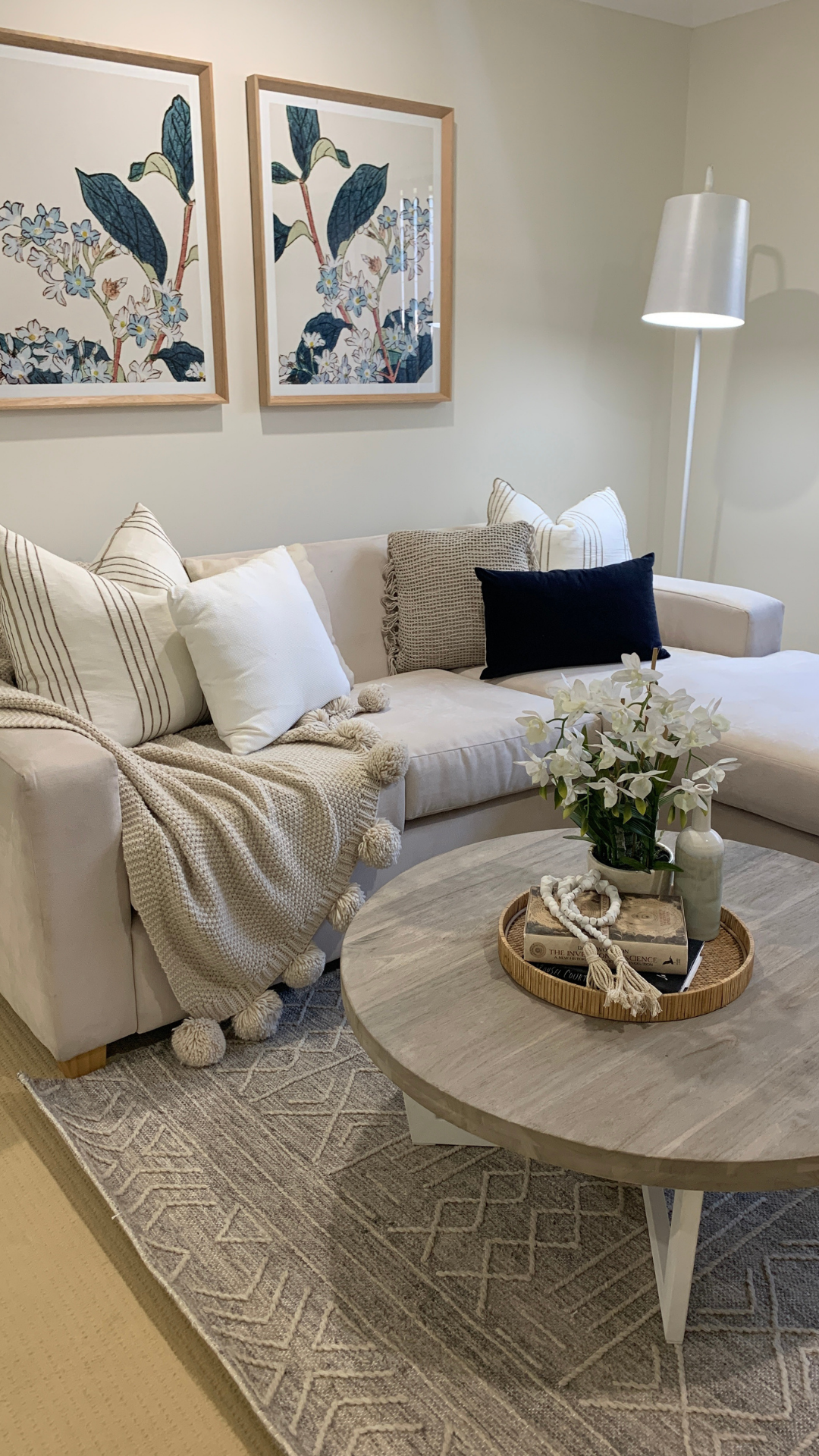
“But I feel like this is all too much work!”
Hahaha, we hear you! Trying to DIY-stage your entire house can be a costly and time-consuming activity. But that’s why we’re here, so why don’t you reach out to us and get some pricing estimates?
We have multiple pricing options and offer partial styling packages (mix of yours and our furniture).
“But what if I pay for the staging and my house doesn’t sell?”
That’s why we created Foxy First Class – Brisbane’s first and only home-staging package where you don’t have to pay a cent if your home doesn’t sell. What have you got to lose?

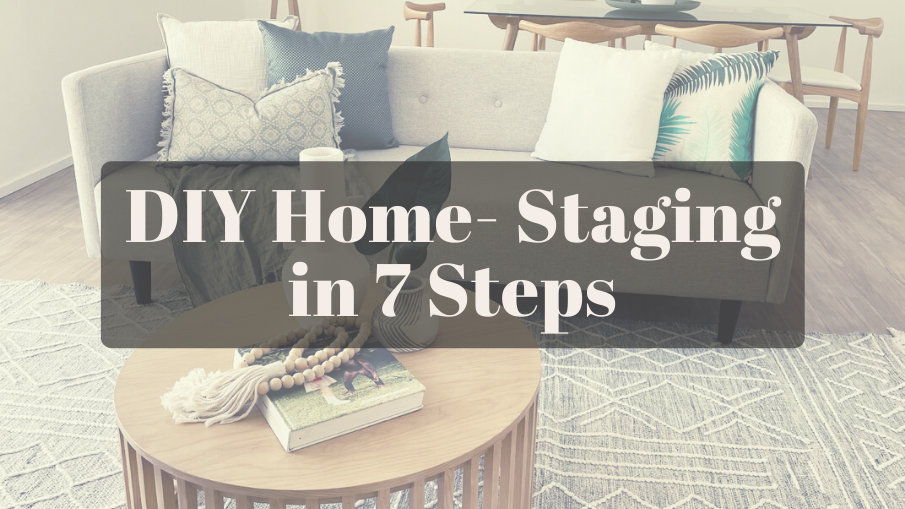
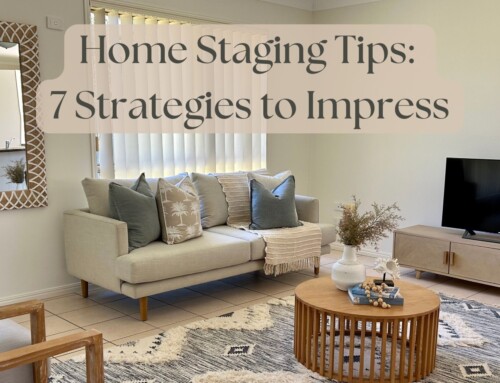


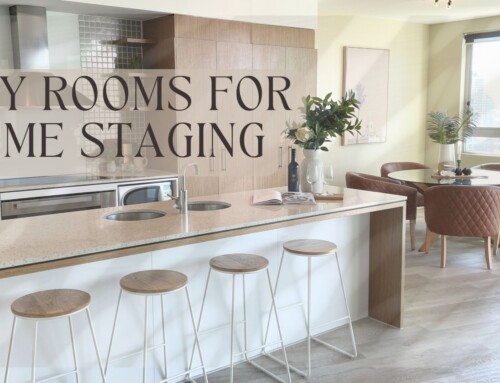

Facebook Comments